Introduction
Africa, a continent brimming with cultural diversity, historical significance, and natural wonders, is home to a myriad of UNESCO World Heritage Sites. These sites, carefully chosen for their outstanding universal value, contribute to the collective heritage of humanity. In this article, we will delve into some of the most captivating UNESCO World Heritage Sites in Africa, exploring their unique features, historical importance, and the reasons behind their esteemed recognition.
Great Pyramid of Giza, Egypt
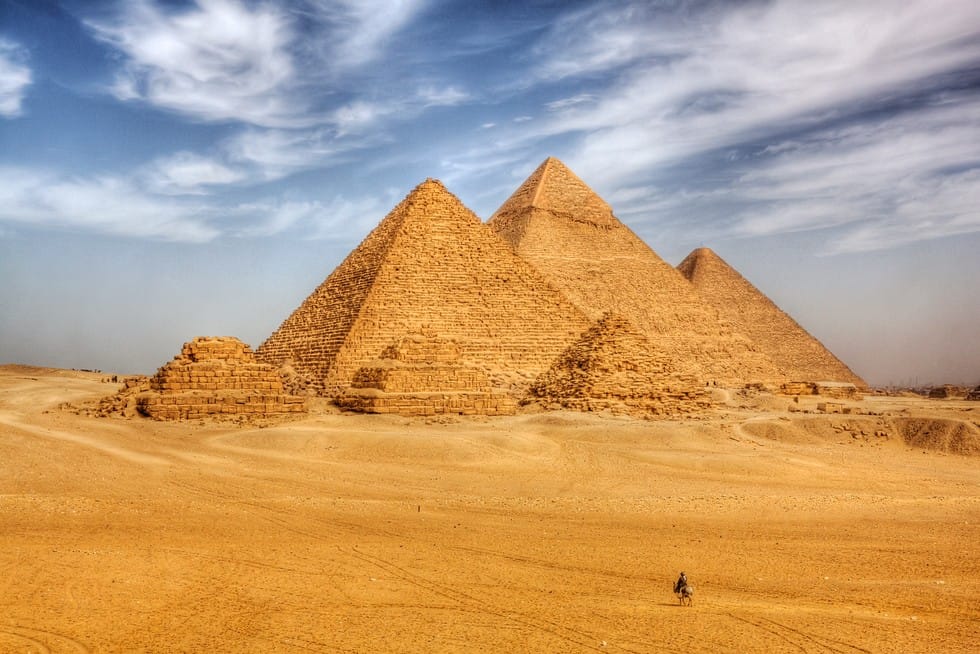
Nestled on the expansive Giza Plateau, the Great Pyramid stands as an enduring marvel of ancient Egyptian engineering. The Great Pyramid of Giza, with its architectural brilliance and historical significance, earned its UNESCO World Heritage Site status in 1979. Constructed around 2560 BCE, this colossal structure is a monumental tomb for Pharaoh Khufu. Its sheer scale and precision boggle the modern mind, as massive limestone blocks were meticulously carved and stacked to create a monument that reaches towards the sky. The hieroglyphs adorning the chambers inside tell tales of a bygone era, adding an intricate layer to its mystical allure.
Serengeti National Park, Tanzania

The Serengeti National Park in Tanzania is a sprawling ecosystem spanning over 14,750 square kilometres, hosting one of nature's most spectacular events - the Great Migration. Here, millions of wildebeest and zebras traverse the plains in search of greener pastures, creating a mesmerising tableau of life and survival. The endless savannahs, punctuated by iconic acacia trees, provide a breathtaking backdrop to the diverse wildlife, including the celebrated Big Five. Designated as a UNESCO World Heritage Site in 1981, the Serengeti is a living testament to the delicate balance of nature and the preservation of Africa's unparalleled biodiversity.
Victoria Falls, Zambia/Zimbabwe
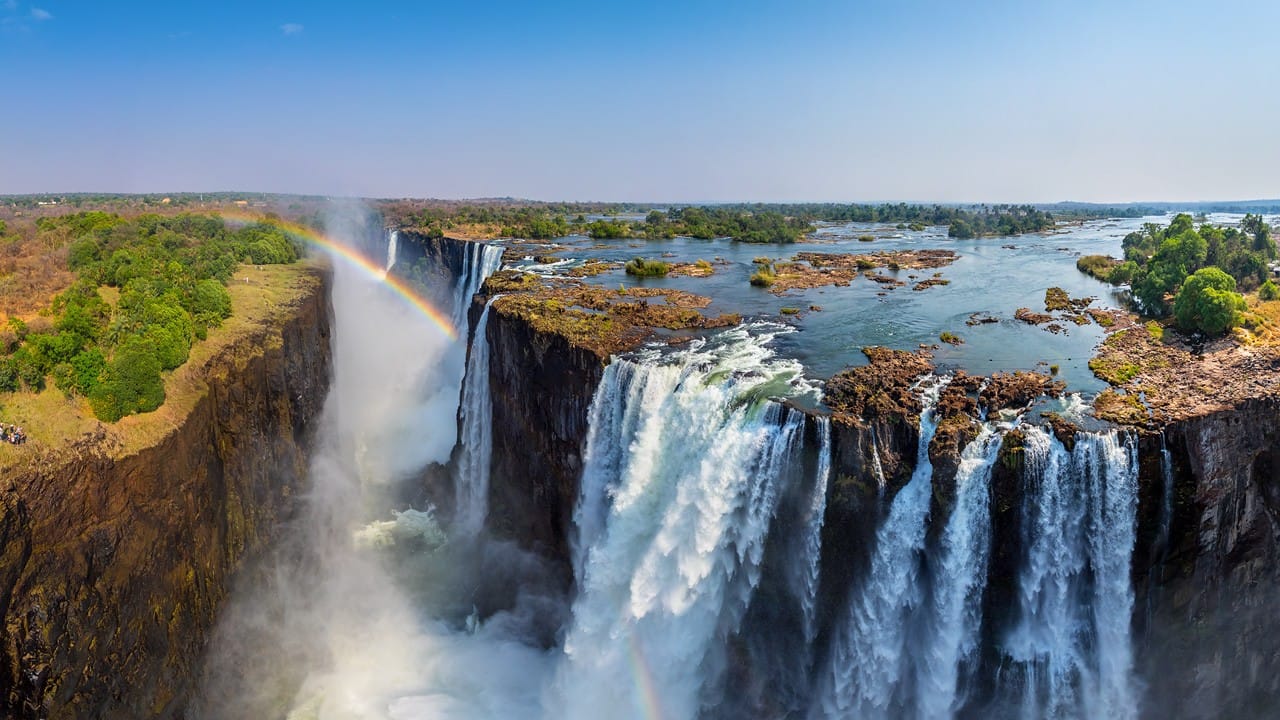
Known as the "Smoke that Thunders," Victoria Falls is a natural spectacle straddling the border between Zambia and Zimbabwe. It is the largest curtain of falling water on the planet, plunging into the Zambezi River with thunderous force. The mist rising high into the air creates an ethereal atmosphere, and rainbows dance in the sunlight, adding to the enchantment. Designated as a UNESCO World Heritage Site in 1989, Victoria Falls showcases exceptional geological and geomorphological features, embodying the raw power and beauty of nature. It is a symbol of Africa's natural wonders and the importance of preserving these breathtaking landscapes for future generations.
Timbuktu, Mali
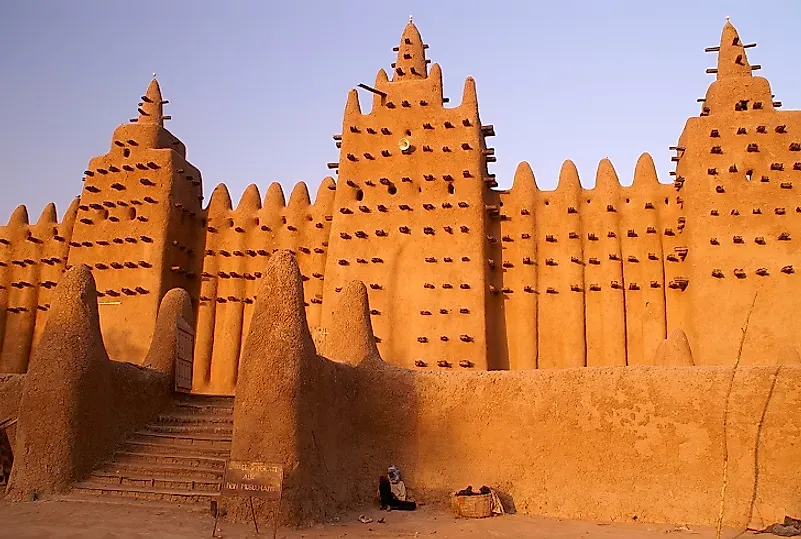
Nestled on the edge of the vast Sahara Desert, Timbuktu is a testament to Africa's historical legacy. Once a thriving centre of learning and trade during the Mali Empire, this ancient city is adorned with distinctive mud-brick architecture that whispers tales of a bygone era. The Djinguereber Mosque, Sankore Madrasah, and the repositories of ancient manuscripts within its libraries provide a captivating glimpse into Timbuktu's scholarly past. Recognised as a UNESCO World Heritage Site in 1988, Timbuktu symbolises the convergence of African cultures, a beacon of knowledge and civilisation in the heart of the desert.
Robben Island, South Africa
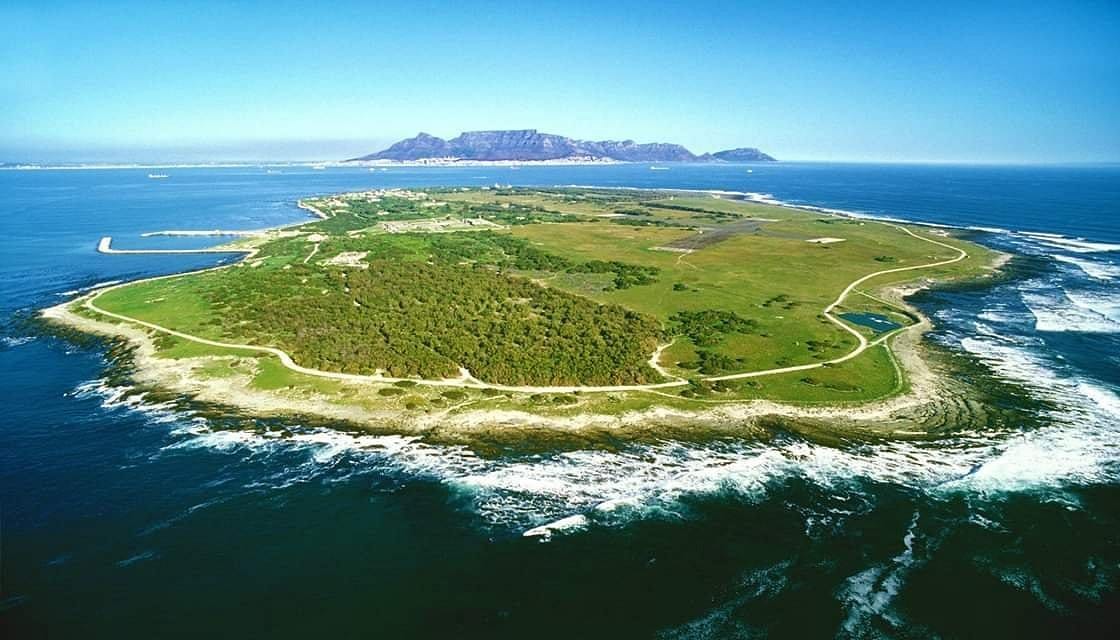
Off the coast of Cape Town lies Robben Island, a place steeped in history and resilience. Serving as a political prison during the dark days of apartheid, Robben Island was home to notable inmates, including the revered Nelson Mandela. The stark prison buildings and the lime quarries, where prisoners toiled, stand as haunting reminders of the struggle for freedom. The ferry ride to the island offers a poignant view of Cape Town's skyline, setting the stage for an emotional journey through the pages of South Africa's history. Recognized as a UNESCO World Heritage Site in 1999, Robben Island symbolises the triumph of the human spirit over adversity and the quest for equality.
Conclusion
Africa's UNESCO World Heritage Sites offer a glimpse into the continent's history, culture, and natural wonders. Each site holds a unique story, contributing to the shared heritage of humanity and standing as a testament to the importance of preserving these treasures for future generations.


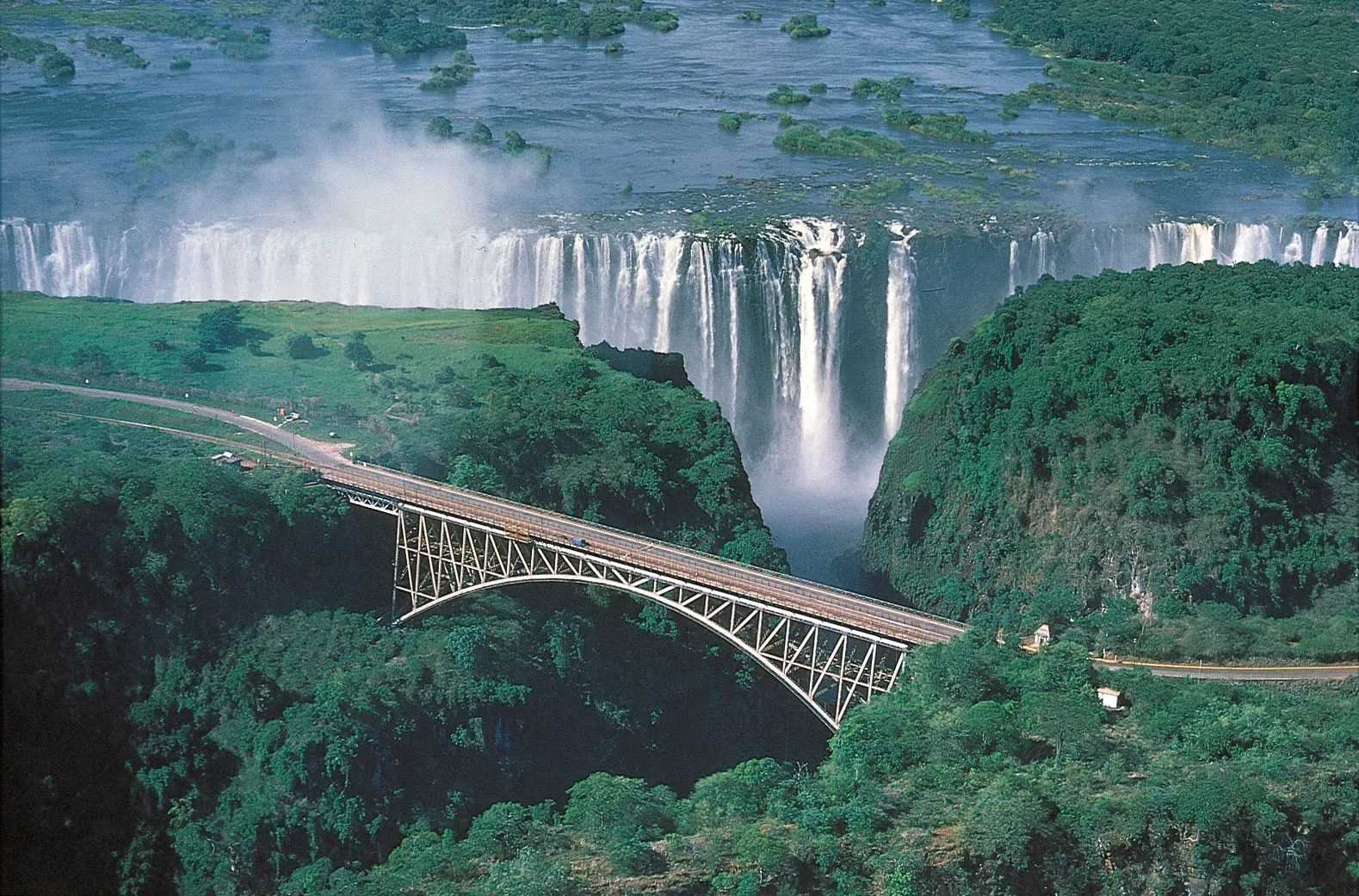

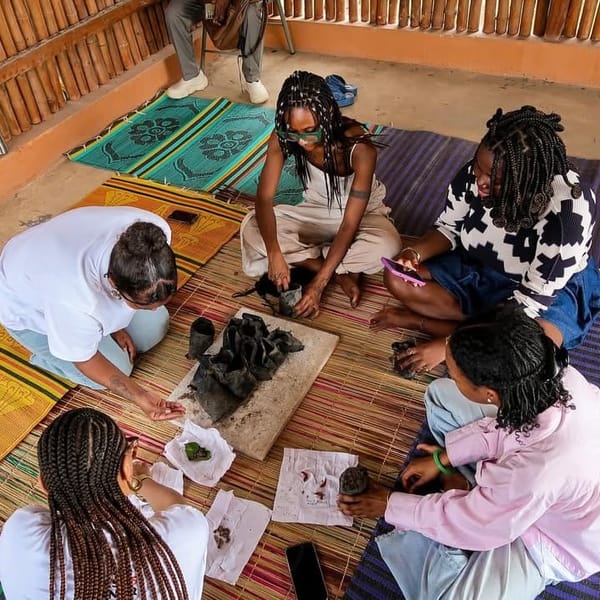





Member discussion